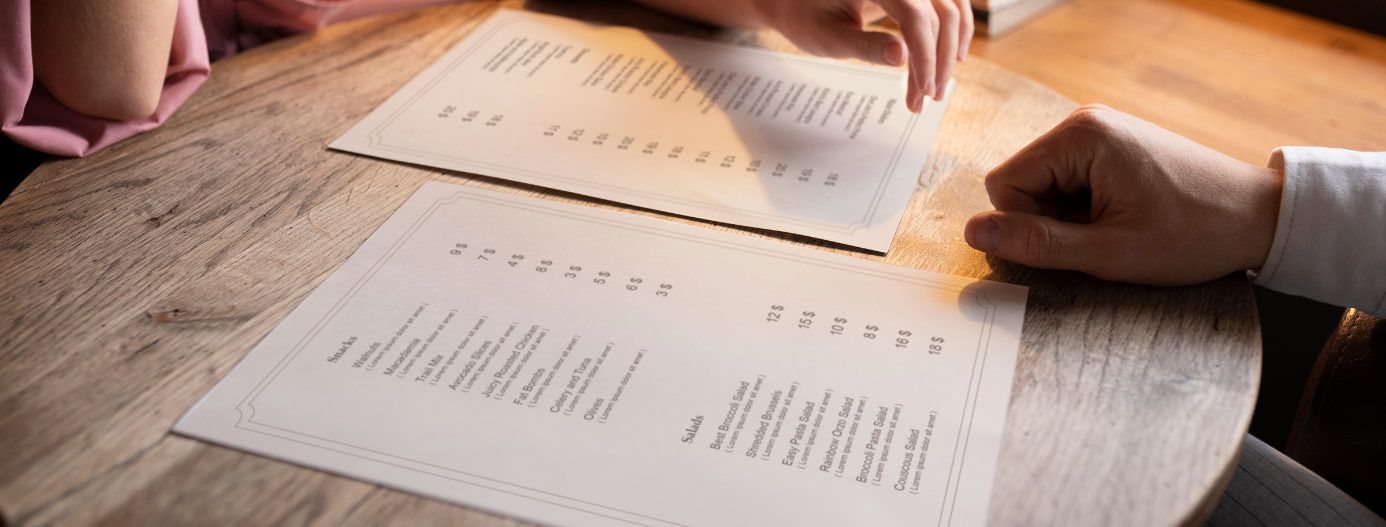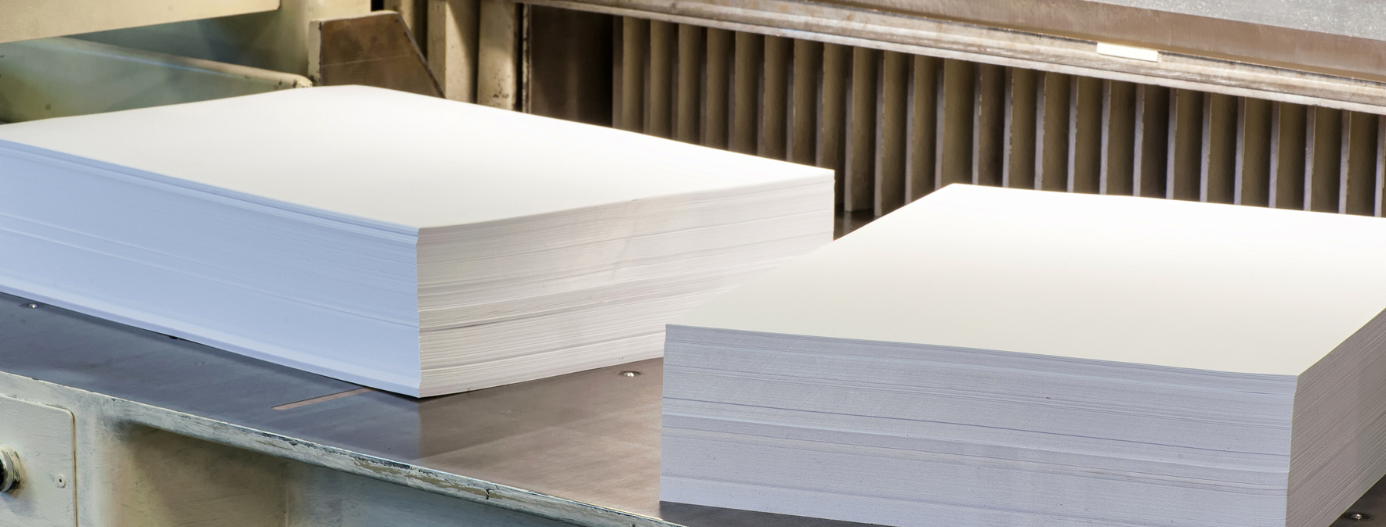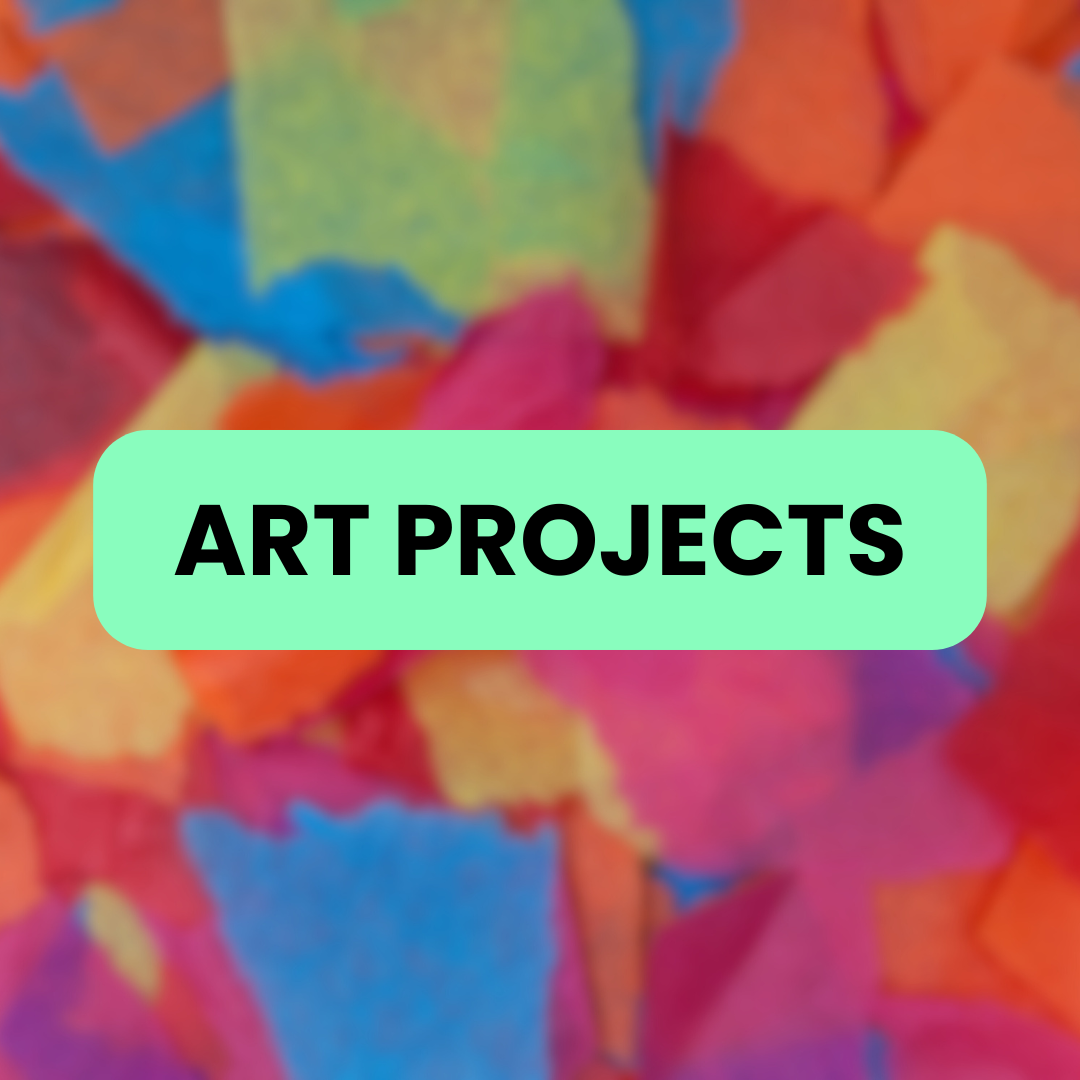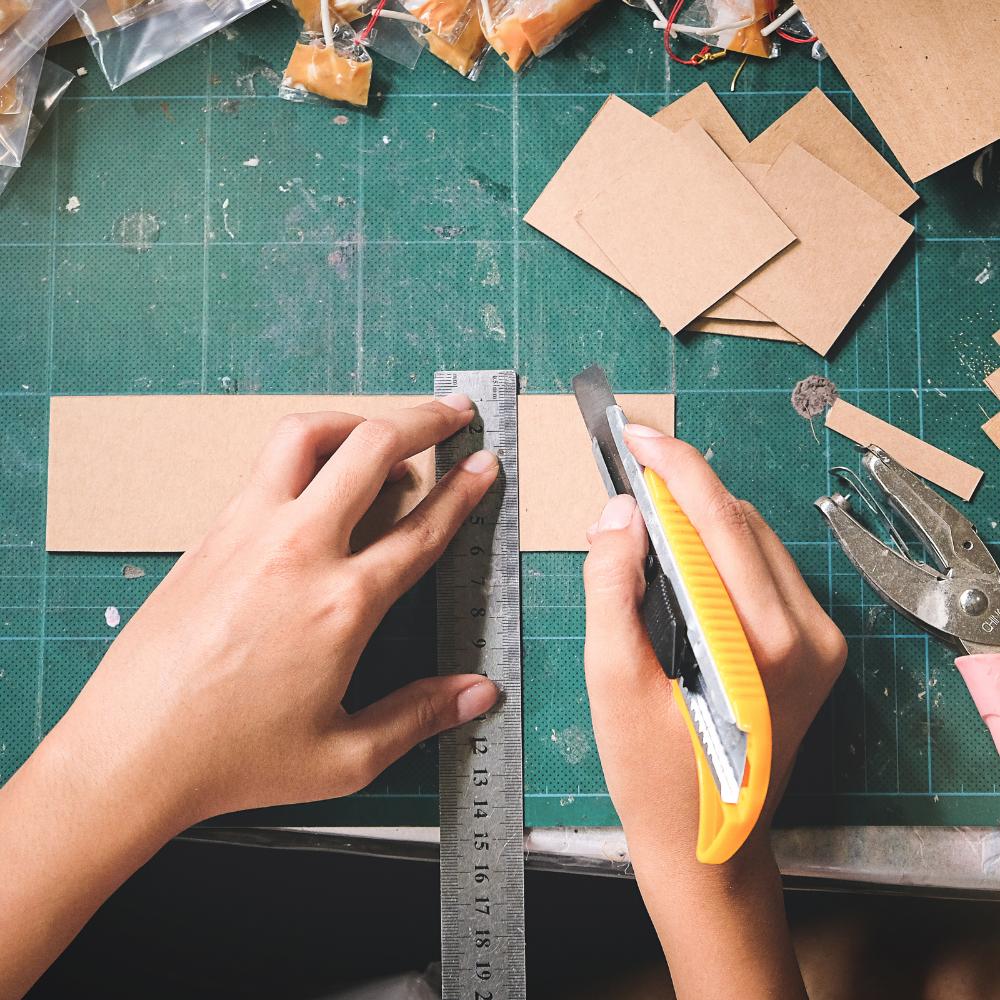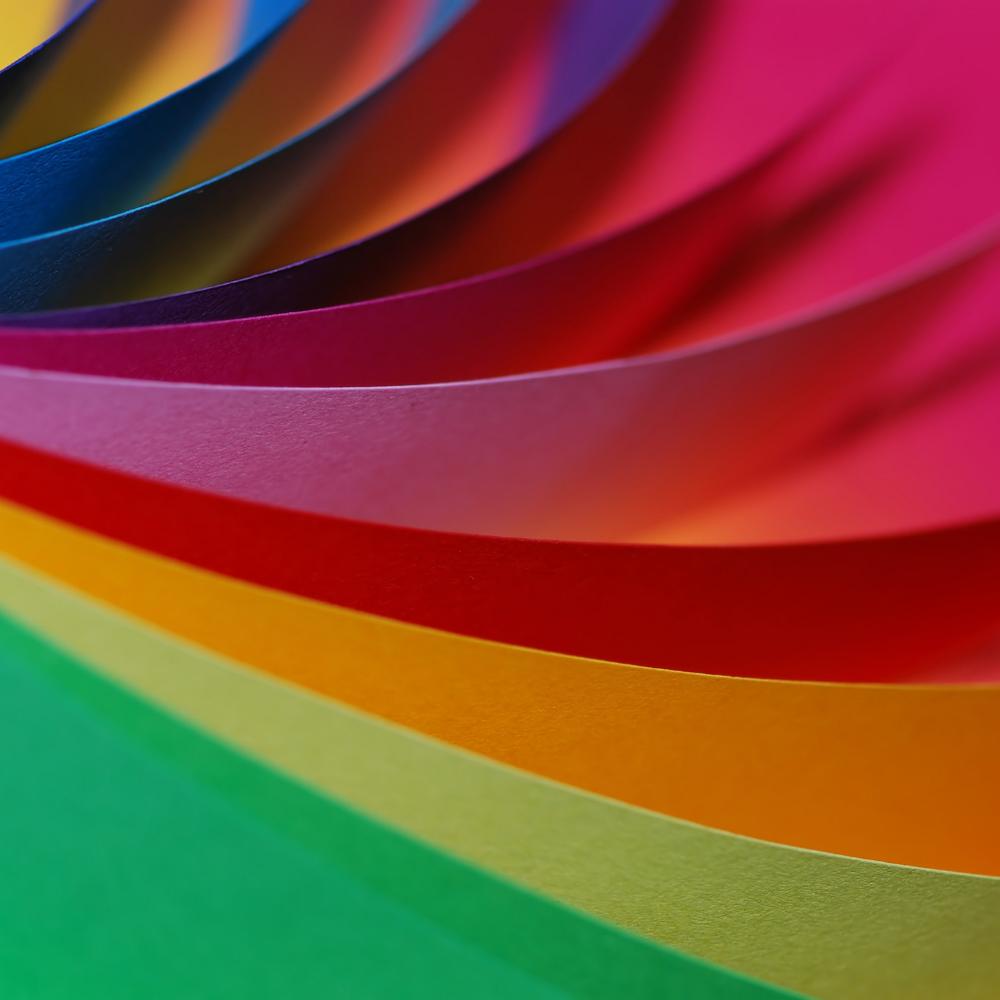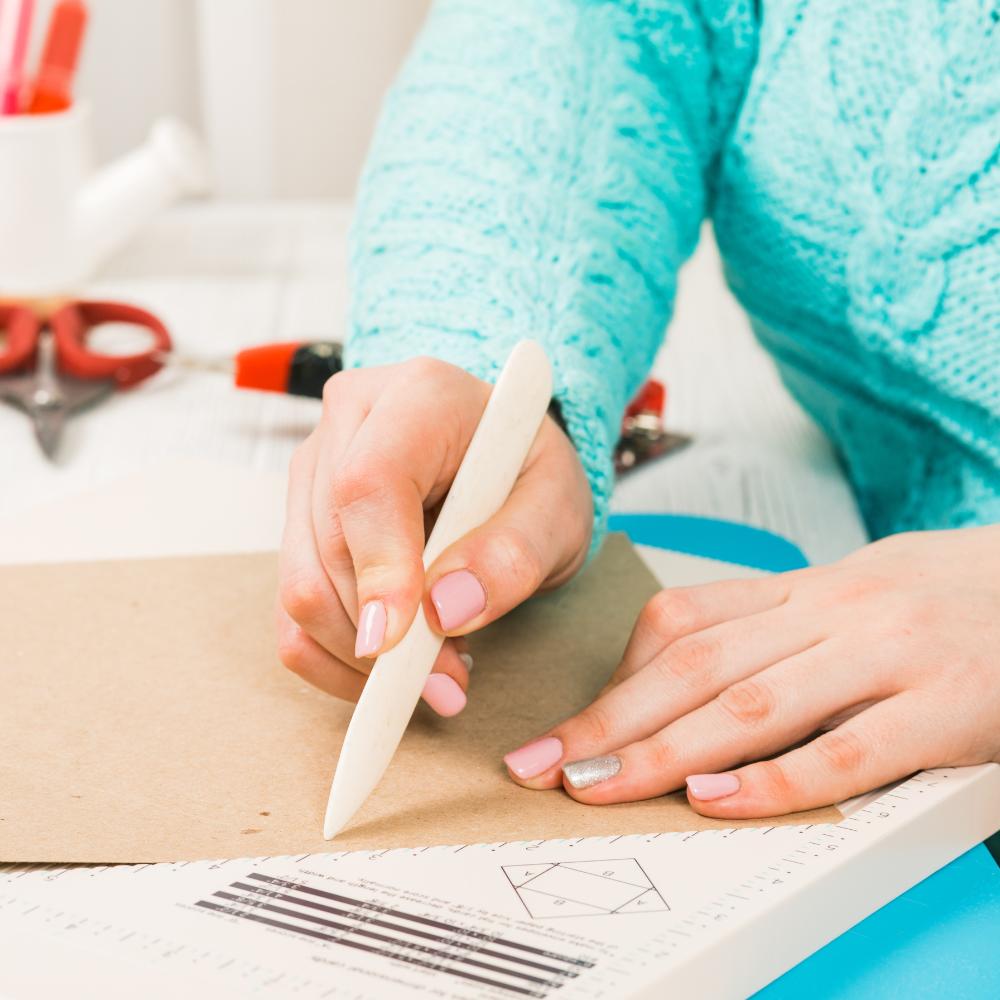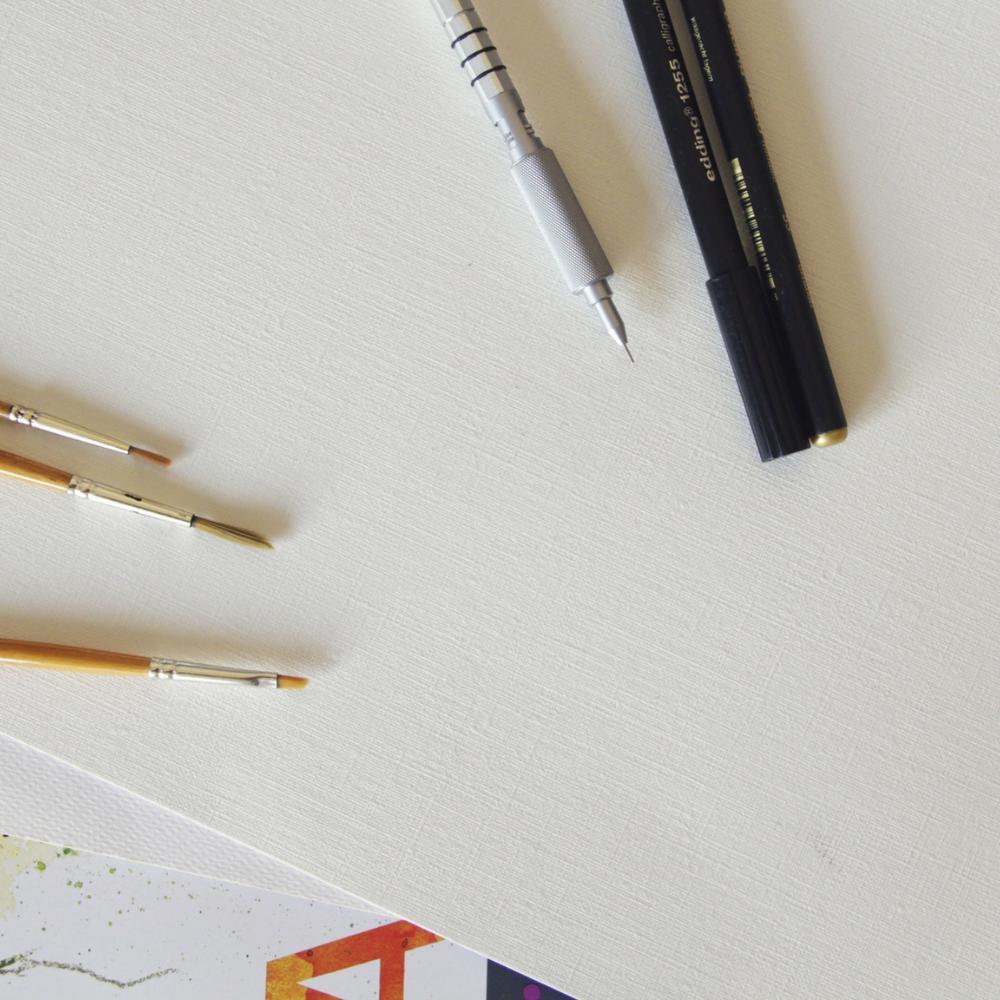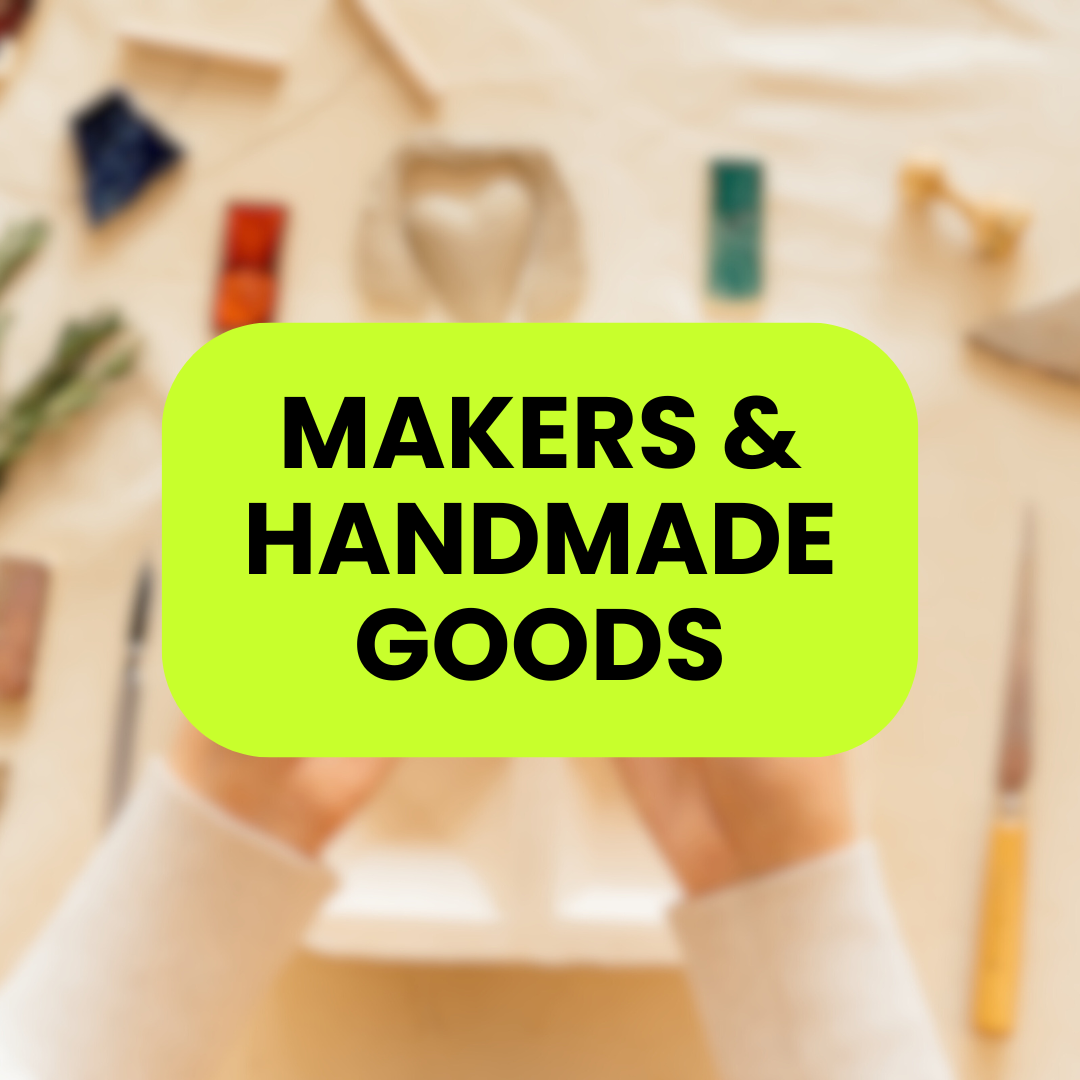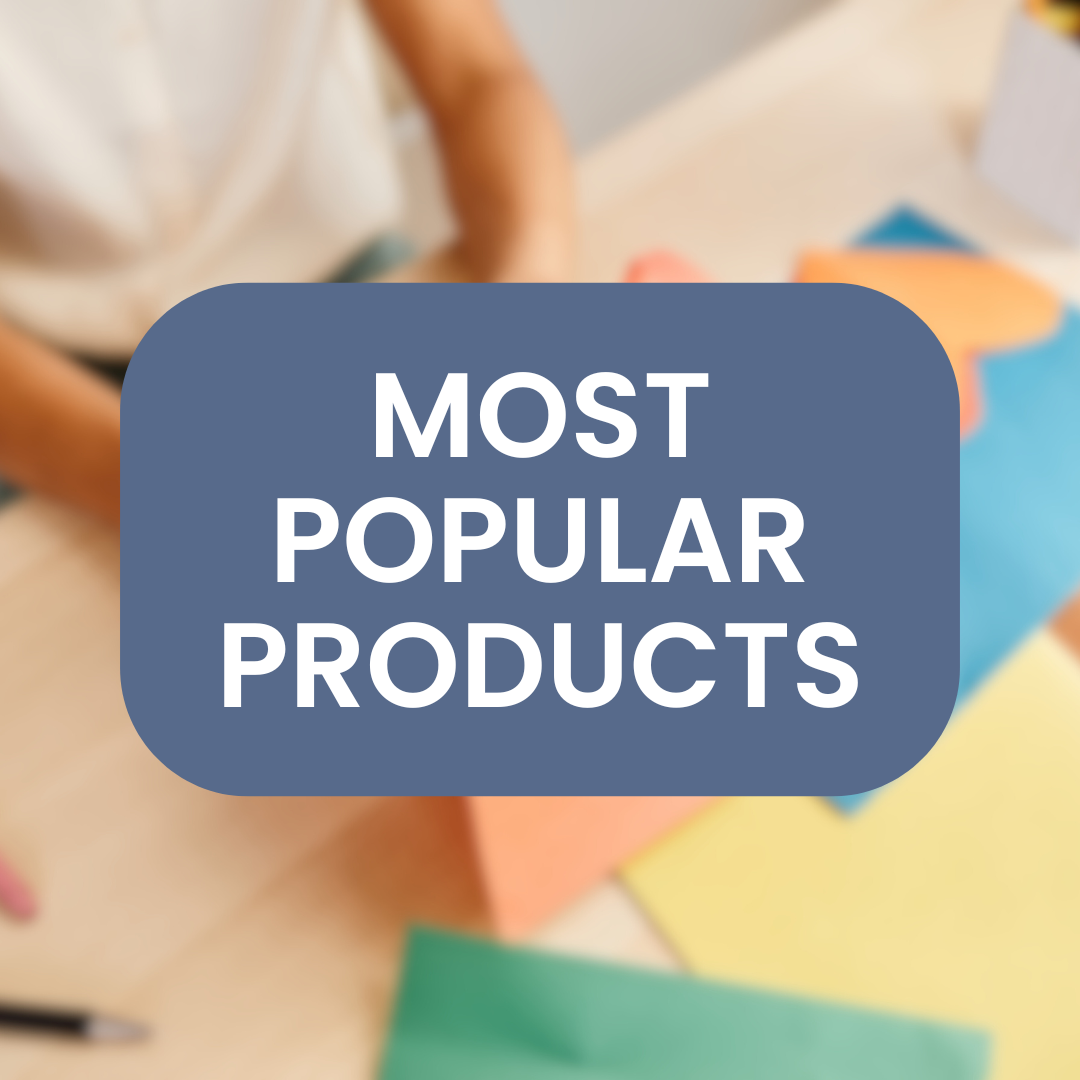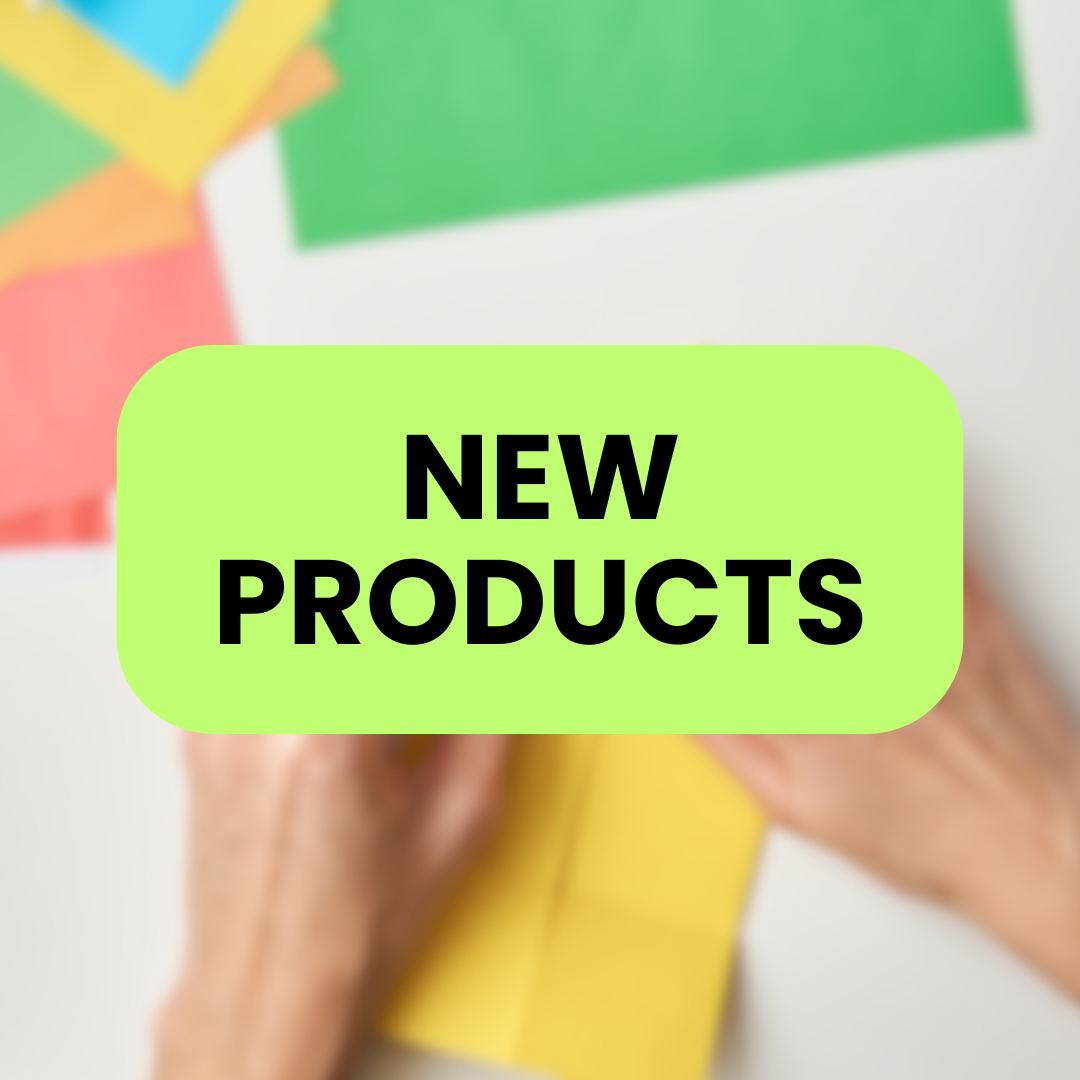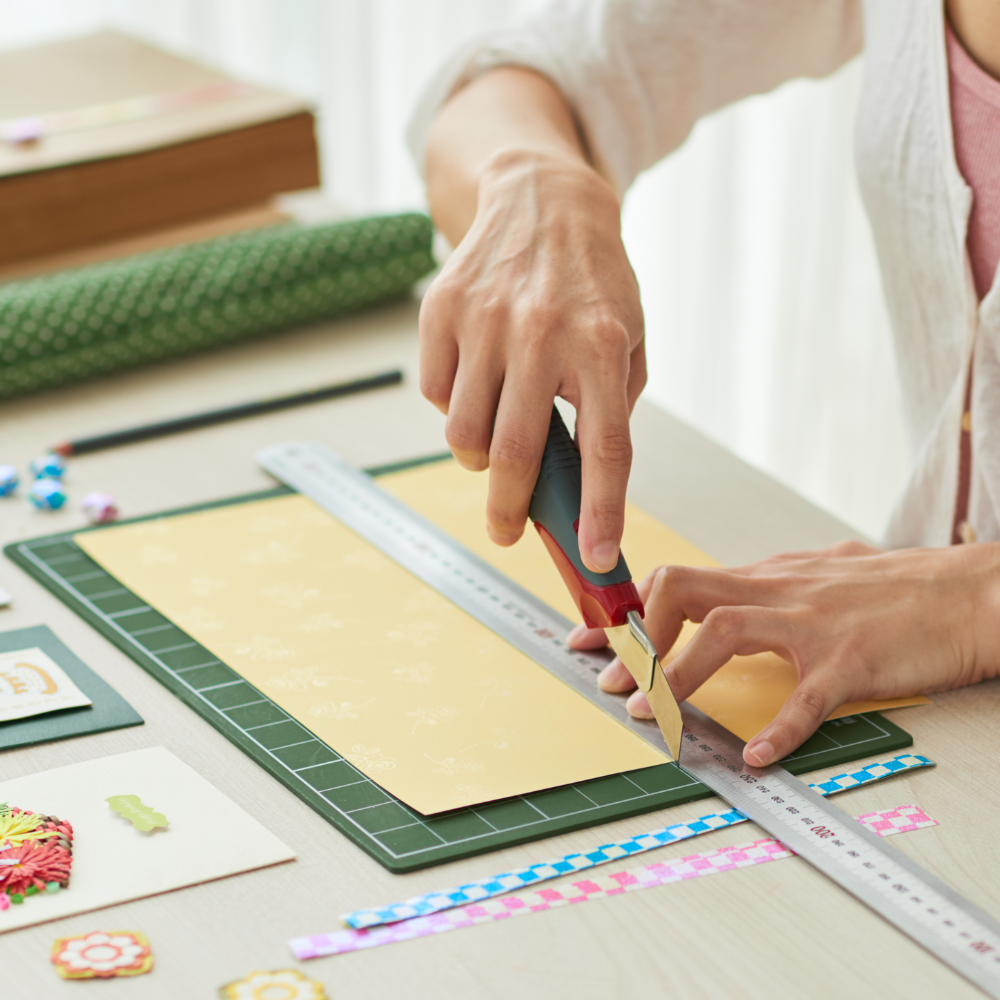New Paper Project? Try Cardstock!
So you're starting with another project, it includes you trying out different varieties of paper, and you are wondering how to go about it?
There are very basic steps or pointers that you can keep in mind before moving on head ahead with your creative process.
Allow us to help you make the best decision, and who else apart from us at ThunderBolt, can know better about paper?
Here are a list of factors to consider before starting your project :
-
Set a budget
Yes! We really think the budget is to be considered the foremost condition. Depending on exactly what your project is, whether you plan to make pamphlets, posters or brochures, you will have to decide on a paper and the rest of the printing plus processing cost beforehand.
The kind and the quality of paper can make or break an impression of your paper based product. This means you will have to budget a considerable amount of time and money in choosing the best kind of paper only to decide what kind of impression you plan to make.
Thicker and heavier paper can cost more than thinner or uncoated paper which is why we will tell you in a little bit how to differentiate and decide between papers.
-
The paper finish
If you know what you are expecting from your paper project you would have an idea of how you want it to appear to touch. Paper finish can be of two distinct types:
Coated paper as the name suggests coated paper refers to paper that has a coating of a sealant. If you are looking forward to photographic content in clear bright colors then you must use a coated paper. For example gloss or matte paper finish is commonly used to print sharp images or photos on items such as brochures or business cards.
Uncoated paper is gaining popularity lately with a lot of printed products due to the variety of unique textures it is available in. Because of the absence of a coating, uncoated papers also tend to absorb more ink and are most suitable for personalized stationery and envelopes that you require writing on.
-
Brightness or opacity
When it comes to printing colors on a paper you really need to look into the kind of paper you are choosing.
The Brightness of the paper is the measure of light it reflects or absorbs. The paper doesn't require to be only just white, but you can go through various varieties such as Bright white, Blue white or Natural white as colors, images or text may appear differently on all of them while affecting the cost of the paper at the same time.
Opacity refers to the amount of light that is visible or passes through the paper. If you are printing something on only one side of the paper, and it doesn't matter if the text or print is visible on the other side then you may choose a paper with lesser opacity. But if you require printing on both sides without the ink bleeding into the other side you may need a thicker more opaque paper.
-
Longevity
Whether or not you want your paper products to last a long time you can choose between normal paper for acid free and archival rate paper.
You can decide if you want normal paper that is susceptible to environmental damages and can become yellow, dull or discolored overtime.
Or you can choose acid free paper that remains as it is for prolonged periods of time or even find archival quality paper that lasts hundreds of years.
-
Weight
Thickness of the paper is also referred to as the weight of the paper. Commonly found paperweights are:
Cover paper refers to heavy and thick cardstock paper that is meant to be used in making business cards or greeting cards.
Bond paper weight is a common paper weight used for describing both translucent and opaque copy papers.
Text paper is of medium weight and is commonly used for printing or writing text such as in books or envelopes.
Hoping that this concise list helps you to direct your attention in a productive and helpful direction for your project's progress, we would love to hear about your experiences while exploring paper products.
Tell us if you would like to know anything in particular, and we would love to answer in the comments.


